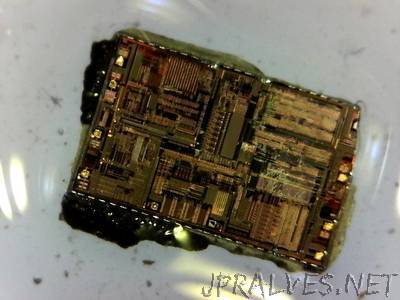
“Dallas Semiconductor, now owned by Maxim Integrated, is well known for making some excellent real-time clocks (RTCs). Take, for example, the DS1307: it’s simple, works with essentially any cheap 32,768 Hz watch crystal, is easily accessible over I2C, and is extremely power efficient (500nA current when running the oscillator on battery power). As great as it is, the DS1307 has a major drawback: it relies on an external crystal and lacks any sort of temperature compensation. Thus, any change in temperature will cause the clock to drift. A 20ppm error in the frequency of the crystal adds up to about a minute of error per month. Not so great. Fortunately, Maxim also offers the DS3231, which is advertised as an “Extremely Accurate I2C-Integrated RTC/TCXO/Crystal”. This chip has the 32kHz crystal integrated into the package itself and uses a built-in temperature sensor to periodically measure the temperature of the crystal and, by switching different internal capacitors in and out of the crystal circuit, can precisely adjust its frequency so it remains constant. It’s specified to keep time within 2ppm from 0°C to +40°C, and 3.5ppm from -40°C to +85°C, which means the clock would only drift 63 and 110 seconds per year, respectively. Very cool. The one (very minor) downside is that it draws about twice the current, a bit less than 1 μA, than the DS1307. Still, a common 220mAh CR2032 battery could power the chip for at least a decade with no problem. Such a circuit would be mostly limited by the CR2032’s self-discharge rate anyway. In my case, I wanted to use such RTCs on several of my Raspberry Pis that are not regularly (read: almost never) connected to the internet, and so cannot always get their time from NTP servers. Some clever person designed a very simple board that fits on the Raspberry Pi’s pin headers for power, ground, and I2C and has the DS3231 chip, pull-up resistors for the I2C bus, and a decoupling capacitor. It even has pads for a backup battery (not included, but adding a battery holder and coin cell is straightforward). Chinese vendors on eBay sell the board for about $1.50, with free shipping. Perfect. Here’s the board I’m using on one of my Pis, along with the backup battery and holder I added.”
